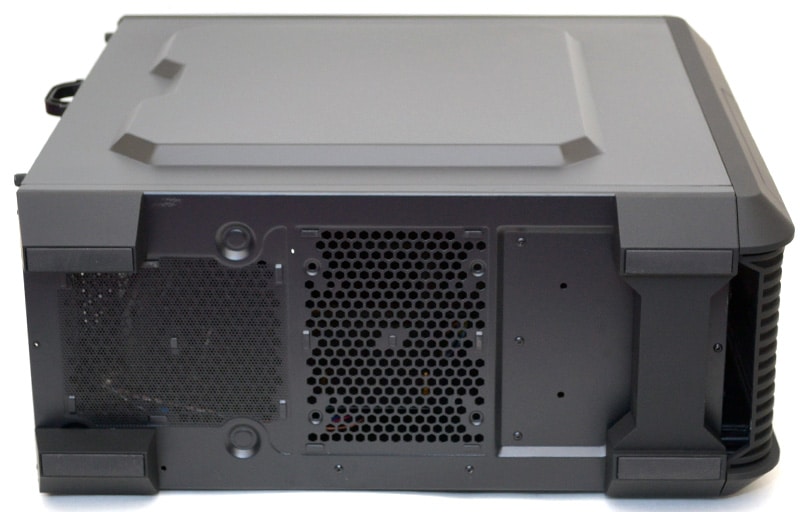Enermax iVektor Mid-Tower Chassis Review
Peter Donnell / 10 years ago
Introduction
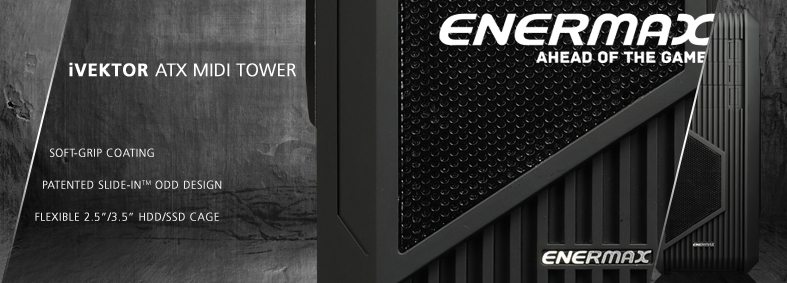
Enermax is one of the best names in the business, having designed many successful chassis, power supplies and cooling products over years. They’ve proven to us here at eTeknix time and time again that they can make some great products, with some very competitive price tags and that’s a trend I hope to see repeated here today with the iVektor. There’s no skipping over the fact that the iVektor isn’t the most recent product from Enermax, but we missed out on it the first time and I was eager to see what it could do, as I particularly liked the unique aesthetics of the chassis when I saw it at various trade shows. The iVektor is targeted at the mid-budget gaming market, with a price tag that will get you a little change from £70 from most major retailers. It sports enough features to be versatile for almost any kind of system build, so let’s jump in and take a closer look.
The left side of the chassis has a large raised section, giving a lot of extra clearance on the interior. The panel is held in place by a pair of thumb screws and there’s a pull handle at the back for easy access.

The right side panel has the same design on the left, the obvious advantage being that on this side of the chassis it’ll provide a lot of extra room for cable routing behind the motherboard.
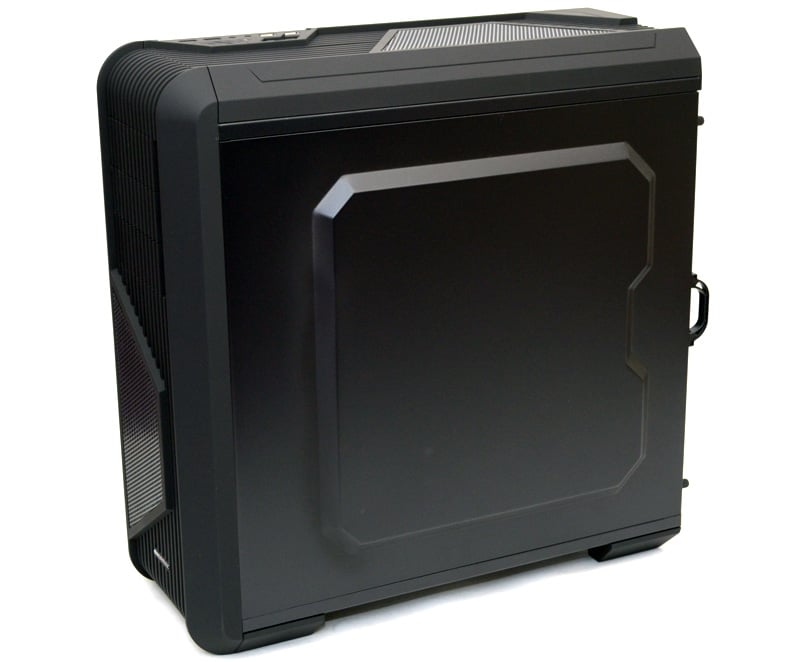
The front panel has a futuristic/industrial look about it, a lot of strong lines and angles, without being too outlandish. There’s a ventilated section near the bottom for the front-mounted cooling and you’ll find three nicely coordinated 5.25″ drive bay covers at the top.
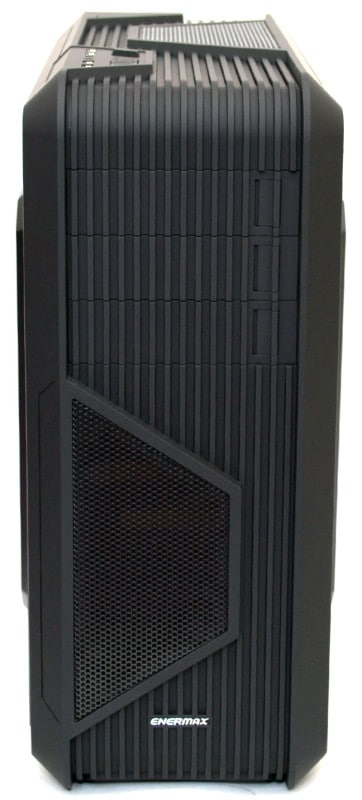
The top panel features a very similar design to the front panel, giving a nice uniform look to the chassis overall.

The front I/O is nice and compact and comes with all the usual features you would expect, with the added bonus of a fan speed slide controller.
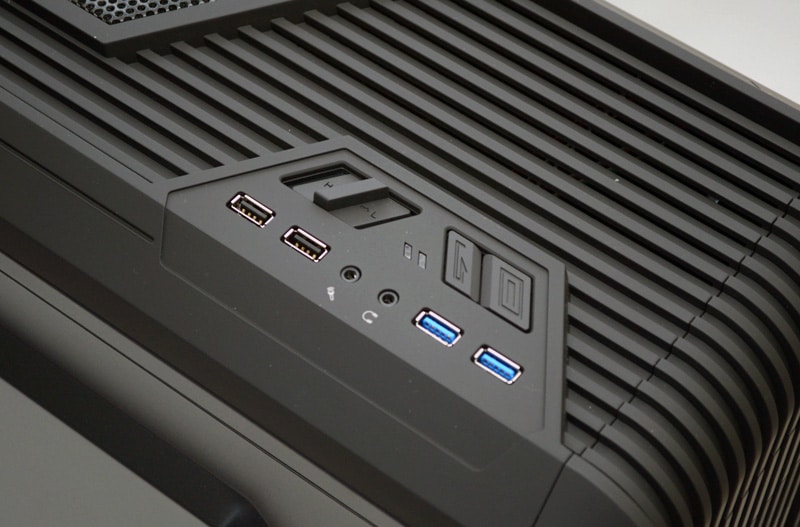
At the back, you’ll find a pre-installed 120mm fan at the top, with a pair of routing grommets directly below. There are seven expansion slots, typical of a mid-tower ATX chassis, so more than enough room for multiple expansion cards. Finally, you’ve got the PSU cut-out, which support regular and inverted PSU mounting.
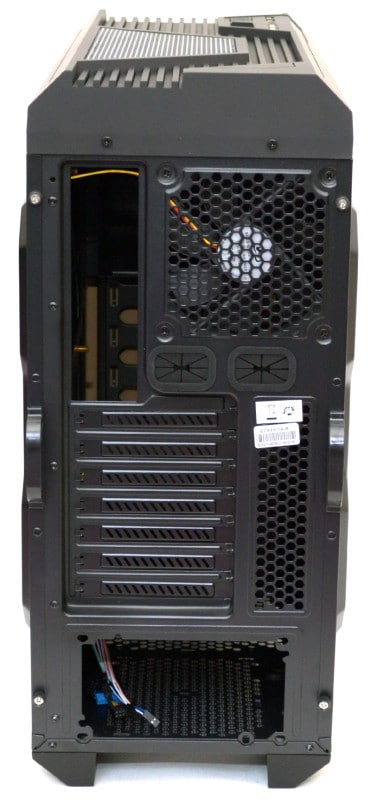
There’s a very basic clip in dust filter mesh on the PSU air intake, as well as an open 120mm fan mount in the base of the chassis. There are four thick rubber grip feet on the base of the chassis and the legs are designed in a way that provides plenty of ground clearance.
